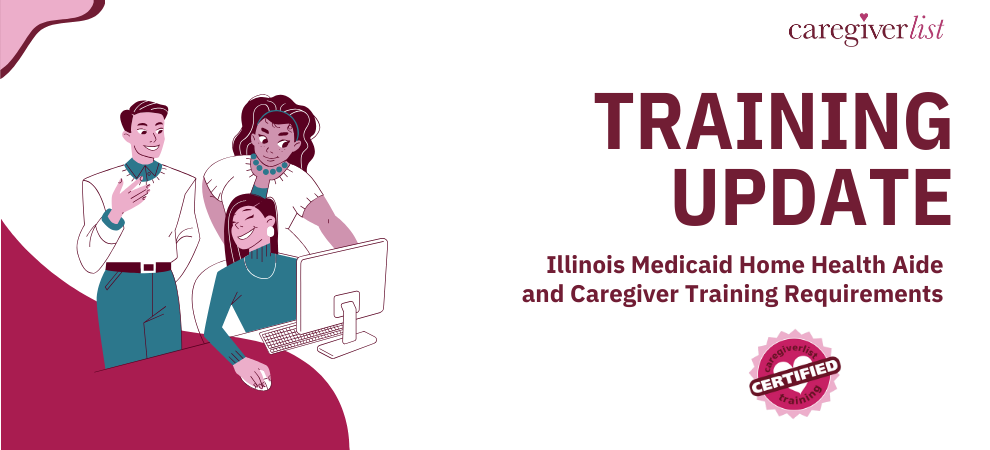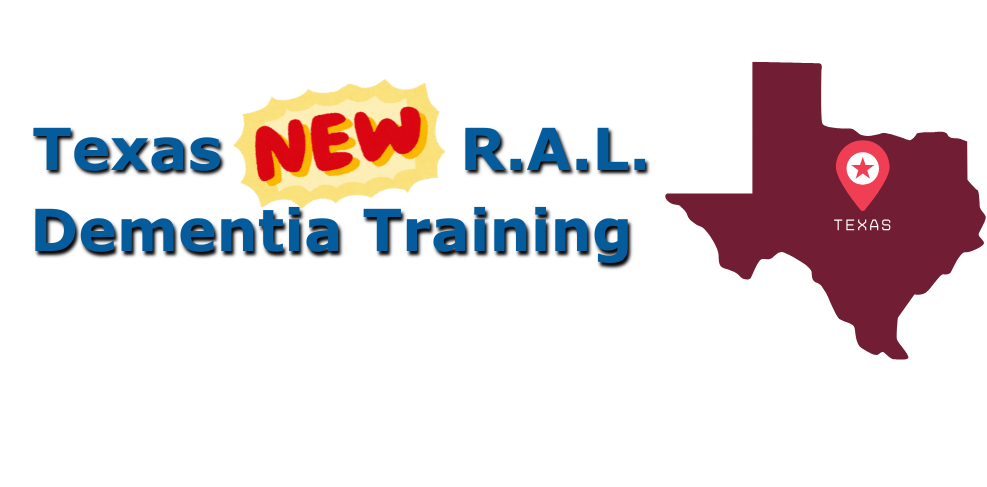Much has been made of AARP’s released report 2014 State Long-Term Services and Supports (LTSS) Scorecard. In fact, I covered the results in a recent blog.
Since the report’s release, state politicians and policy makers have been scrambling to either issue statements strongly urging for their state’s commitment to long term care improvement or stridently patting themselves on the back for a job well done.
Louisiana’s Times-Picayune article on nola.com about its senior population being over-institutionalized. Louisiana ranked 37th of the 50 states and Washington, D.C. in its overall long-term care policies. In that state, aging seniors are (predominantly) either placed in nursing homes or cared for at home by unpaid family members. And it ranked dead-last in effective transitions—meaning that a high number of nursing home residents are hospitalized because they’re not receiving the care they need. Funny, the same report found that there are a high number of nursing home residents with low-care needs. No doubt it is because of the lack of alternatives such as adult day care and other home and community-based services.
Not surprisingly, vociferous Louisiana AARP advocates call for increased funding of alternate care choices in an attempt to acquiesce to the majority of older Louisiana residents who wish to age in place, at home. Ironically, despite the article pointing to so many calls-to-action, they conclude optimistically, pointing out that “Louisiana’s ranking in 2014 improved slightly from the 43rd slot, when scorecard was last issued in 2011.”
On the flip-side, Minnesota’s Office of the Governor Mark Dayton was quick to issue a press release extolling their number one spot on the scorecard for long term care access, choice, quality, and caregiver support. The release also pointed out that Minnesota ranked in first place on the 2011 Scorecard as well.
In the release, Gov. Dayton cited the following efforts that assist Minnesotans in “providing our parents, grandparents, and people with disabilities the best possible care.”
- New incentives for providers to increase quality
- More help for people who want to move from nursing homes and other congregate settings to homes of their own
- More comprehensive information and referral services for individuals and family caregivers
- Support for core community services that help people stay in their homes
- More flexibility for consumers in choosing supports tailored to their needs
- Promotion of competitive employment for people with disabilities
- A stronger adult protection system; and
- Own Your Future, an initiative that encourages Minnesotans to plan for their long-term care and is now exploring new ways Minnesotans can finance this care.
- We at Caregiverlist® not only care for the caregiver, we advocate for seniors and their families. I hope that the Long-Term Care Scorecard elicits more than one-upmanship between states. It’s a great opportunity to see where your own system may be lacking and examine and adapt those state policies and approaches to long term senior care that appear to be working best.







